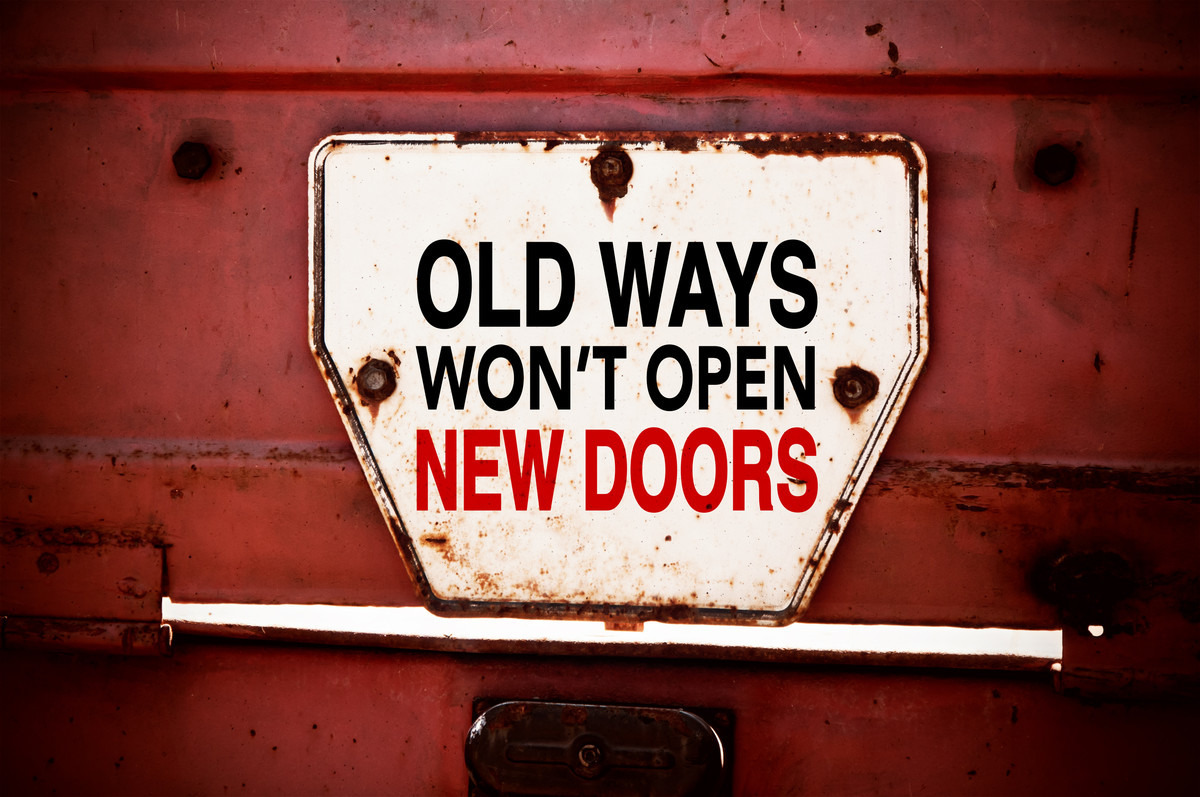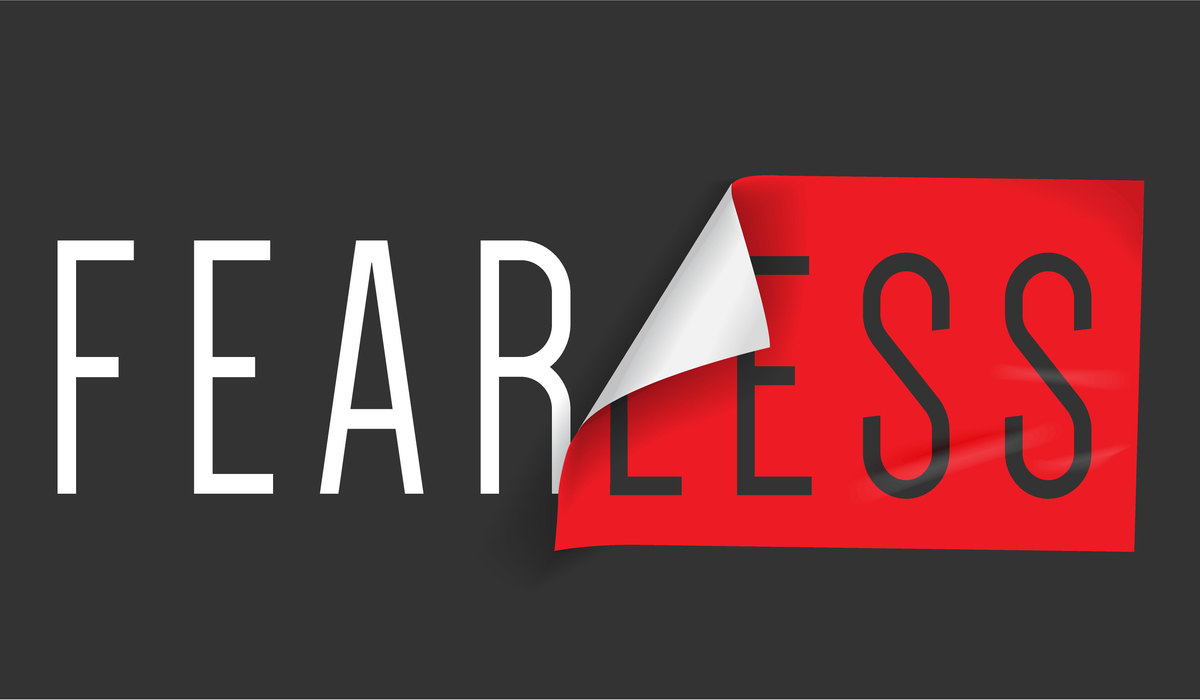
Photo: Shutterstock.
It now seems increasingly likely the coronavirus crisis will be a medium to longer-term challenge. This means it could be some time, until we revert back to ‘business as usual’.
When circumstances change as radically as they have, we need to adjust accordingly. As I said very recently, we must adapt our services so they are relevant to the NEW needs of our clients and prospective clients. We also need to significantly improve our marketing, so it speaks to the concerns they have right now.
One question people often asked me during the 2007/8 financial crisis, was a version of, “how do I know if my business is improving things enough, to get us successfully through this crisis”?
In general, I have found the following to be a useful gauge:
If the ideas you’re thinking of implementing feel safe, they’re probably not going to have the impact you need.
Why?
Because meaningful change, the kind that has the required impact during a global crisis, doesn’t feel safe.
Incremental change is what feels safe.
And incremental change is the exact opposite of what you need, in order to attract new clients.
Remember, your prospective clients are worried. They’re unsure what the future holds. So they’re thinking a lot harder about what they invest in.
This means they’ll need radically better (different) motivation from you, if you want to earn their trust and inspire them to hire you, than they did when things were ‘normal’.
Compelling marketing ideas, the kind that allow you to thrive when your competitors struggle to survive, will require you to stretch.
To stretch from the danger zone (doing the kind of things you’re used to doing), to the safety zone (doing what’s absolutely essential for this economy).
















